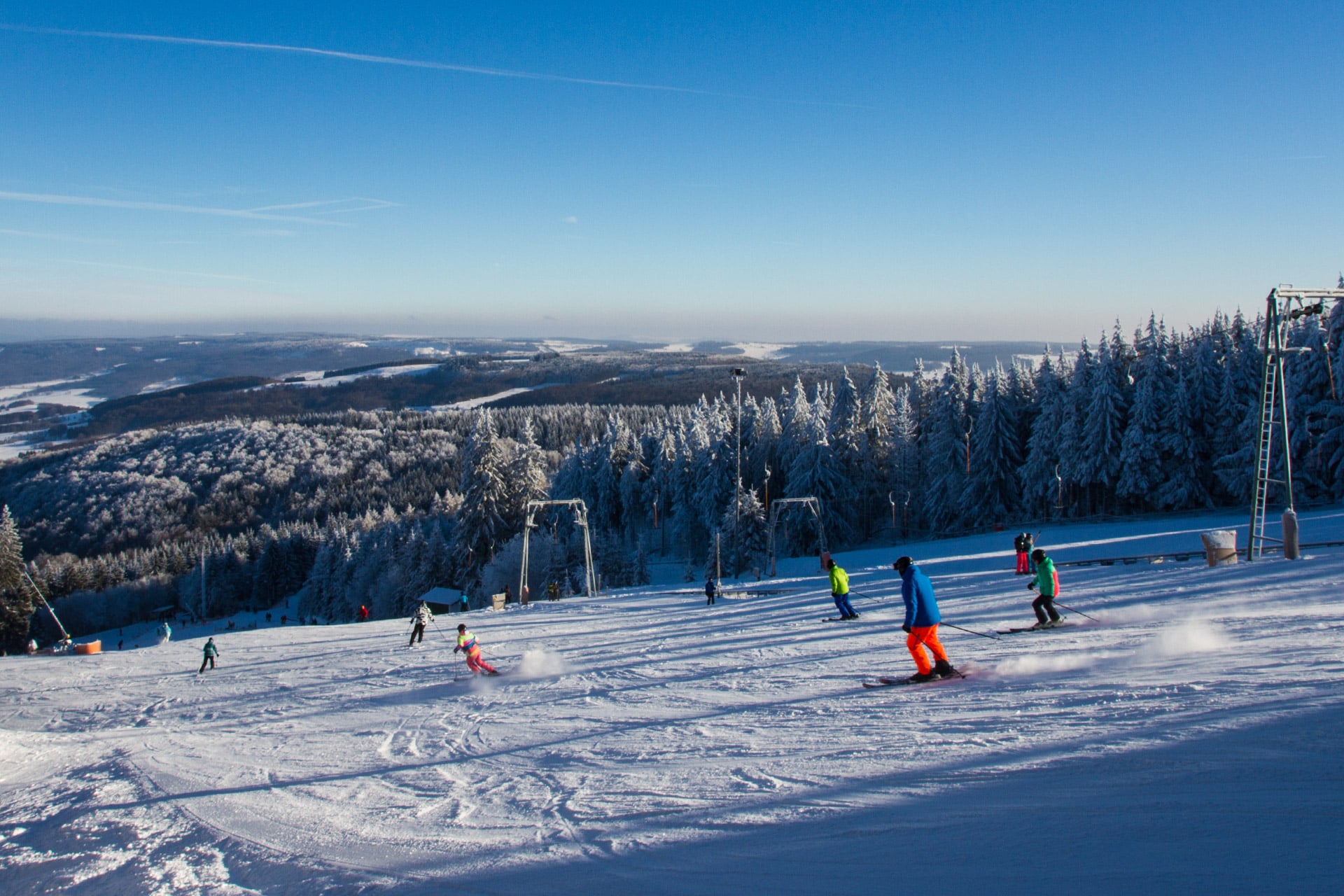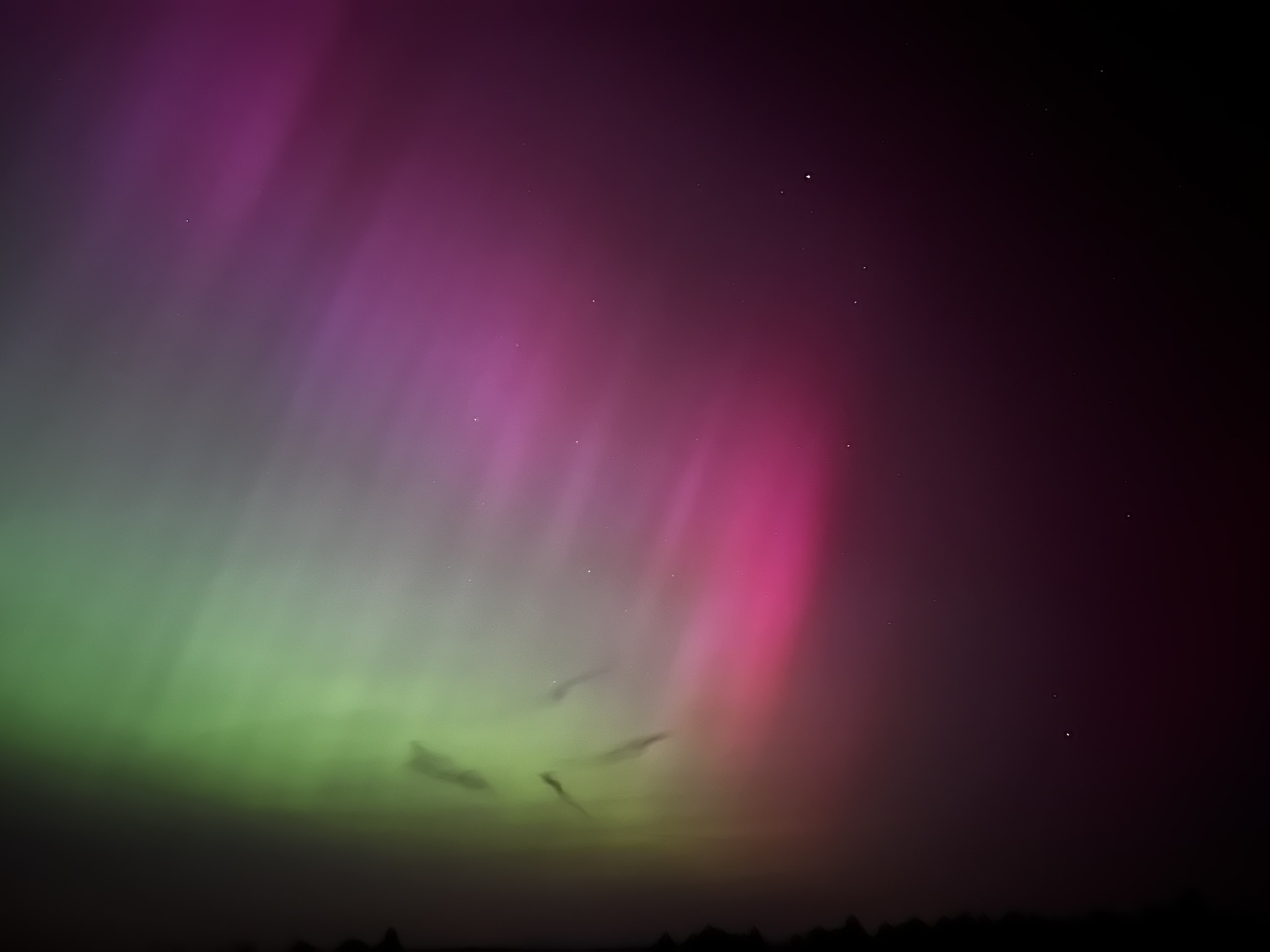Polarlichter Wasserkuppe: Witnessing Nature's Magical Light Show
There's something truly mesmerizing about the Polarlichter Wasserkuppe phenomenon. Imagine standing on a mountaintop, surrounded by nothing but silence and darkness, and suddenly the sky lights up with vibrant colors dancing in perfect harmony. It's not just a spectacle—it's an experience that connects you with the universe in ways words can't describe. But what exactly makes Wasserkuppe such a magical spot for witnessing this natural wonder?
If you've ever dreamed of chasing the northern lights, you're probably familiar with places like Iceland or Norway. But did you know Germany has its own hidden gem? The Wasserkuppe, located in the Rhön Mountains, offers one of the most unique opportunities to witness Polarlichter right in the heart of Europe. It's not just about the lights—it's about the journey, the culture, and the breathtaking landscapes that make this destination unforgettable.
This article dives deep into everything you need to know about Polarlichter Wasserkuppe. From understanding the science behind the auroras to planning your perfect trip, we've got you covered. So, grab your favorite drink, sit back, and let's explore the magic together!
Table of Contents
- Introduction to Polarlichter Wasserkuppe
- The Science Behind Polarlichter
- Why Wasserkuppe is Special
- Best Time to See Polarlichter
- Essential Equipment for Viewing
- Practical Tips for Your Trip
- Other Activities Around Wasserkuppe
- A Brief History of Wasserkuppe
- Sustainability and Conservation
- Conclusion
Introduction to Polarlichter Wasserkuppe
When it comes to natural wonders, Polarlichter Wasserkuppe stands out as a must-visit destination for anyone with even a hint of wanderlust. Located in the heart of Germany, this mountain offers more than just stunning views. It's a place where science meets spirituality, and where you can truly feel the power of nature.
What Makes Wasserkuppe Unique?
Wasserkuppe isn't just another mountain. It's a UNESCO Biosphere Reserve, meaning it's protected for its ecological significance. This ensures that the environment remains pristine, perfect for stargazing and aurora hunting. Plus, its elevation and location make it one of the best spots in Central Europe for witnessing Polarlichter.
Let's not forget the cultural aspect. The Rhön region is steeped in history and tradition, offering visitors a glimpse into a way of life that's both modern and deeply connected to the past. It's this blend of nature and culture that makes Wasserkuppe such a special place.
The Science Behind Polarlichter
Before we dive into the specifics of Wasserkuppe, let's talk about the science behind Polarlichter. These mesmerizing displays of light are caused by charged particles from the sun colliding with Earth's magnetic field. When these particles hit the atmosphere, they release energy in the form of light, creating the vibrant colors we see.
Understanding the Aurora
There are two types of auroras: Aurora Borealis (northern lights) and Aurora Australis (southern lights). While the former is more commonly associated with places like Norway and Canada, the latter can be seen in regions like Antarctica and Australia. But what about Germany? Well, thanks to its unique location and conditions, Wasserkuppe occasionally gets treated to its own version of this celestial show.
Here's a quick breakdown of what you might see:
- Green: The most common color, caused by oxygen molecules about 60 miles above the Earth's surface.
- Pink and Red: Higher-altitude oxygen collisions create these warmer hues.
- Purple and Blue: Nitrogen molecules are responsible for these cooler tones.
Why Wasserkuppe is Special
Now that we've covered the basics, let's talk about why Wasserkuppe is such a great spot for viewing Polarlichter. First off, its elevation gives you an unobstructed view of the night sky. With fewer light sources around, the darkness is almost absolute, making it easier to spot even the faintest hints of auroras.
Location, Location, Location
Wasserkuppe is situated in the Rhön Mountains, which are part of the UNESCO Biosphere Reserve. This designation means strict regulations are in place to protect the environment, ensuring minimal light pollution. Plus, the mountain's remote location means fewer crowds, so you can enjoy the experience in peace.
Another factor that makes Wasserkuppe special is its weather. While it might seem counterintuitive, the region's often cloudy skies actually work in your favor. When the clouds break, the contrast between the dark sky and the bright lights is simply breathtaking.
Best Time to See Polarlichter
Timing is everything when it comes to witnessing Polarlichter. The best months to visit Wasserkuppe are between September and April, when the nights are longest and the skies are darkest. But it's not just about the season—there are other factors to consider as well.
Factors to Consider
- Moon Phase: A new moon is ideal, as it ensures the darkest skies possible.
- Solar Activity: Keep an eye on space weather forecasts to know when auroral activity is expected to be high.
- Weather Conditions: Clear skies are a must, so check local forecasts before planning your trip.
Pro tip: Download a dark sky app to help you track the best viewing conditions. Some even offer real-time updates on auroral activity, so you'll always know when to head outside.
Essential Equipment for Viewing
While witnessing Polarlichter doesn't require much gear, having the right equipment can enhance your experience. Here's what you'll need:
- Camera: A DSLR or mirrorless camera with manual settings is ideal for capturing the lights.
- Tripod: Essential for long-exposure shots to avoid camera shake.
- Warm Clothing: Nights on Wasserkuppe can get chilly, so dress in layers to stay comfortable.
- Red-Light Flashlight: Helps preserve your night vision while navigating in the dark.
Don't forget to bring extra batteries and memory cards, as cold temperatures can drain your devices faster than usual.
Practical Tips for Your Trip
Planning a trip to Wasserkuppe can be exciting, but it's important to prepare properly. Here are some tips to ensure your experience goes smoothly:
Getting There
Wasserkuppe is accessible by car, and there are several parking areas nearby. If you're traveling from farther away, consider taking a train to the nearest station and renting a car from there. Public transportation options are limited, so having your own vehicle is highly recommended.
Once you're on the mountain, make sure to check in at the visitor center for the latest information on trails and viewing spots. They might also have maps and guides to help you navigate the area.
Other Activities Around Wasserkuppe
While Polarlichter might be the main attraction, there's plenty more to do in the Rhön region. From hiking and cycling to cultural festivals and local cuisine, you'll find no shortage of activities to keep you entertained.
Exploring the Region
Take a day trip to nearby towns like Fulda or Bad Brückenau, where you can explore historic landmarks and enjoy traditional German hospitality. Or, if you're feeling adventurous, sign up for a guided tour of the Rhön Mountains to discover hidden gems you might not find on your own.
And don't forget to sample some local delicacies! The region is famous for its sausages, cheeses, and hearty stews, perfect for warming you up after a night of aurora hunting.
A Brief History of Wasserkuppe
Wasserkuppe has a rich history that dates back centuries. Originally a hunting ground for local nobility, the mountain gained fame in the early 20th century as a hub for glider pilots. Today, it's a popular destination for nature lovers and adventure seekers alike.
Cultural Significance
The Rhön region has long been associated with mysticism and spirituality. Many believe the area's unique energy fields contribute to its healing properties, making it a popular spot for retreats and workshops. Whether you're into yoga, meditation, or simply enjoying the tranquility of nature, Wasserkuppe has something for everyone.
Sustainability and Conservation
As more people discover the beauty of Wasserkuppe, it's important to prioritize sustainability and conservation. The UNESCO Biosphere Reserve designation is a step in the right direction, but it's up to all of us to ensure this incredible place remains protected for future generations.
What You Can Do
- Respect Nature: Stick to designated trails and avoid disturbing wildlife.
- Reduce Waste: Bring reusable water bottles and snacks to minimize trash.
- Support Local Businesses: Choose eco-friendly accommodations and restaurants.
Every small action adds up, so do your part to preserve the magic of Wasserkuppe.
Conclusion
In conclusion, Polarlichter Wasserkuppe offers a once-in-a-lifetime opportunity to witness one of nature's greatest spectacles. Whether you're a seasoned aurora hunter or a first-time visitor, this destination promises an experience that will stay with you forever.
So, what are you waiting for? Start planning your trip today and get ready to witness the magic of Polarlichter Wasserkuppe for yourself. And don't forget to share your photos and stories with us—we'd love to hear about your adventure!

Wasserkuppe im Winter Feriendorf Wasserkuppe

Neues Feriendorf Wasserkuppe

Fotostrecke Polarlichter über der Wasserkuppe Feriendorf Wasserkuppe